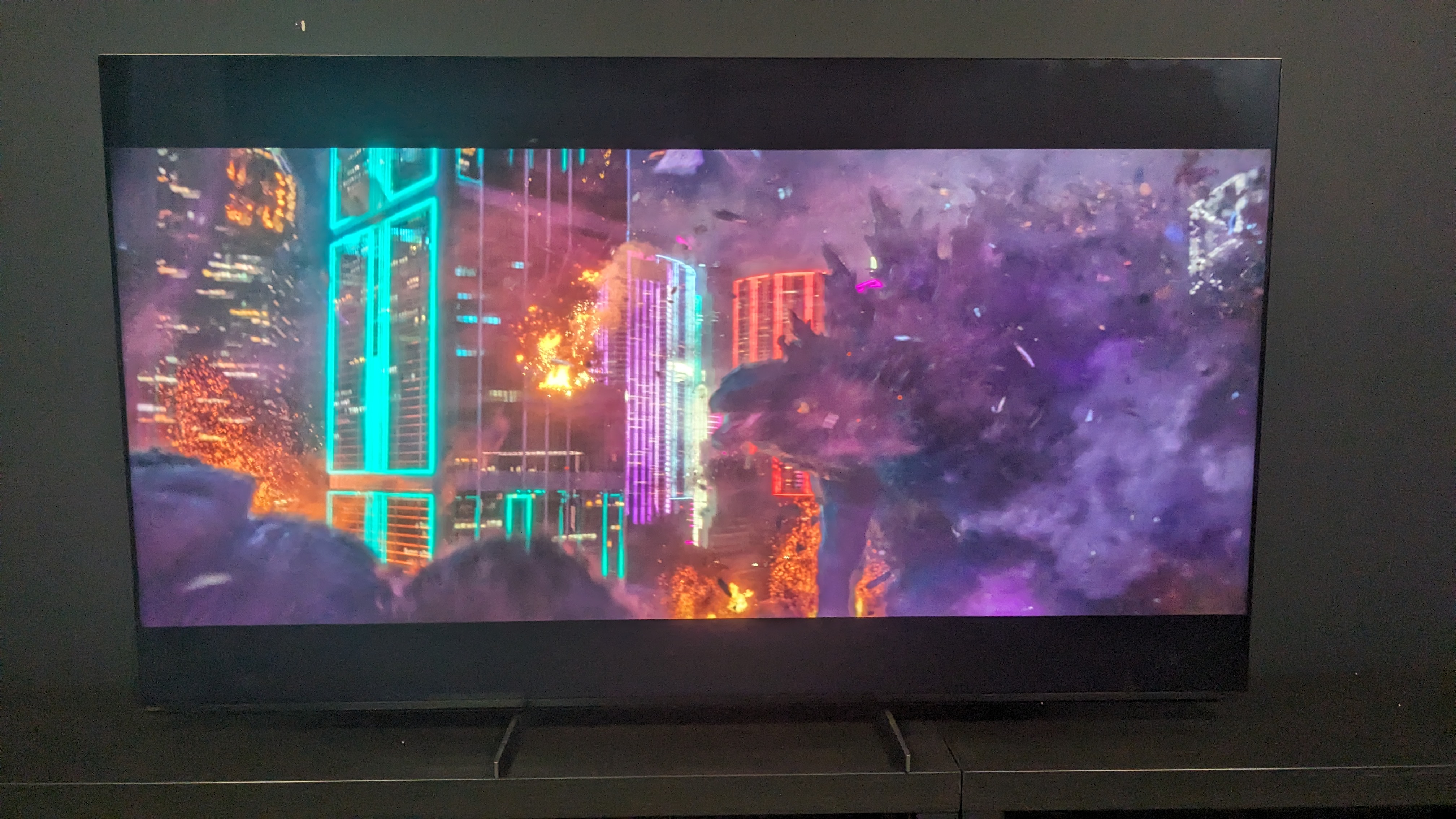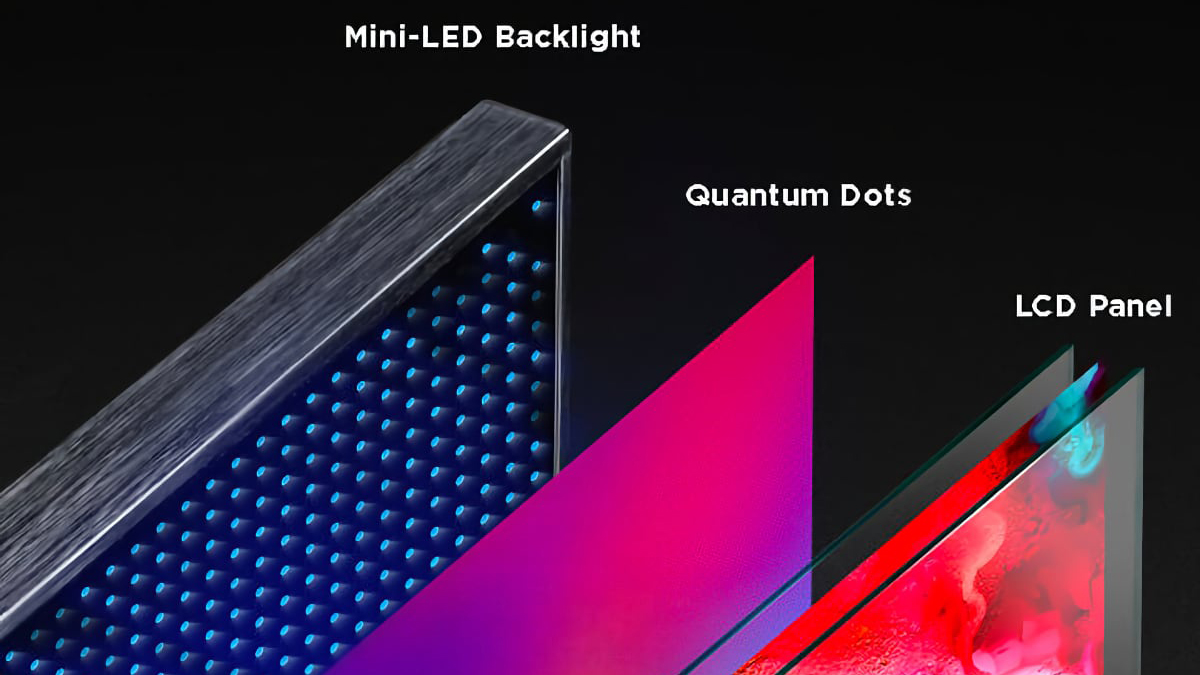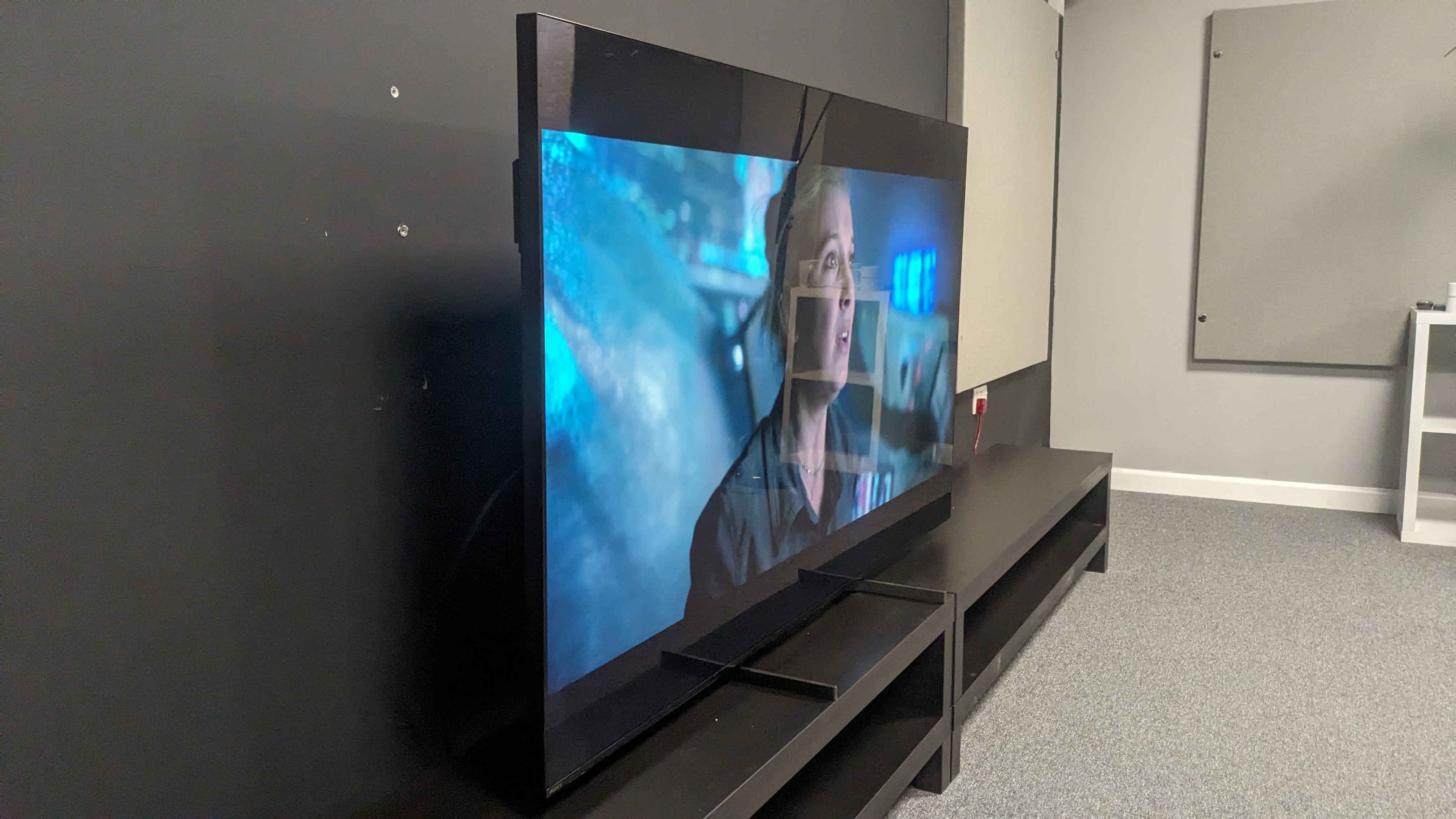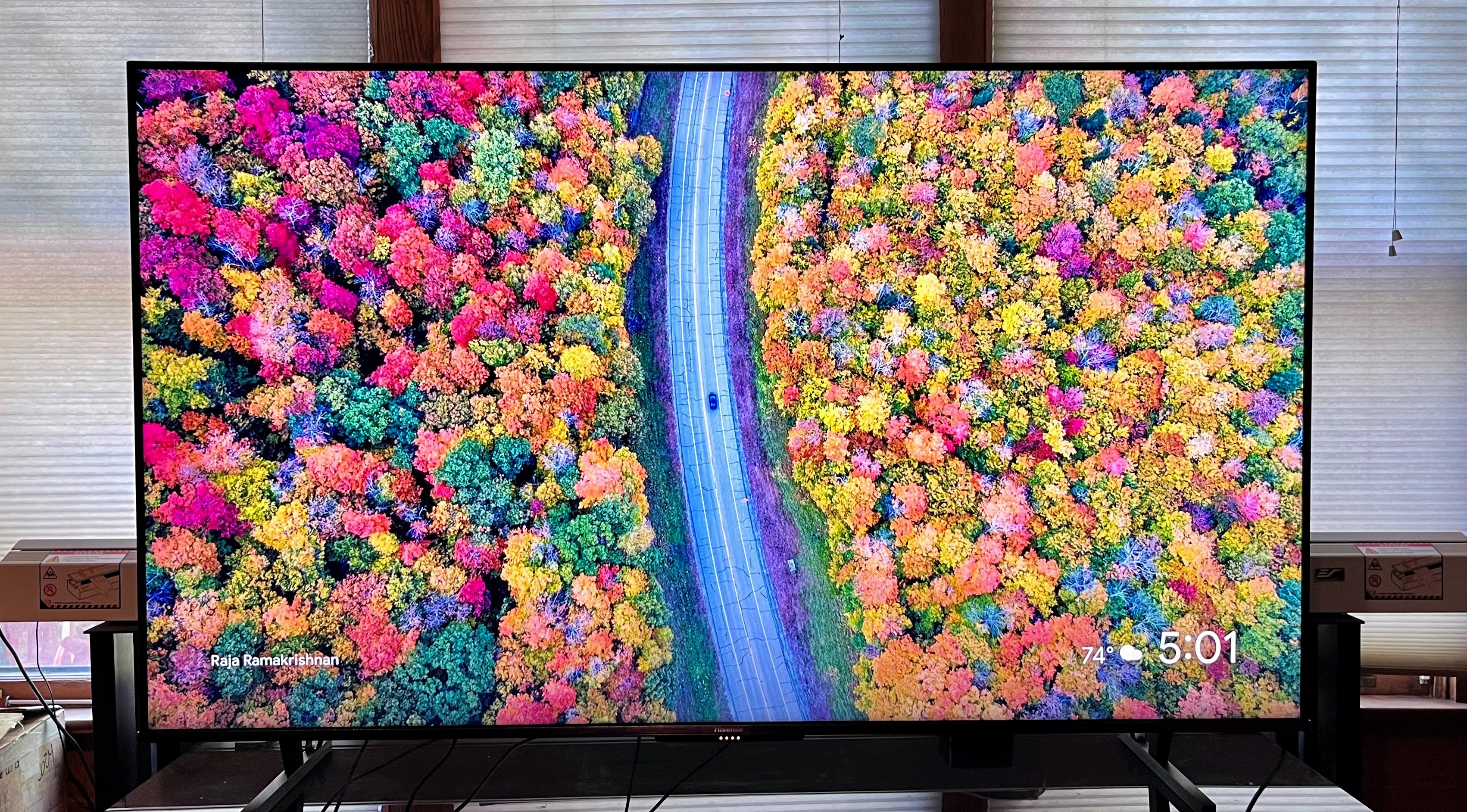
Mini-LED TVs are becoming increasingly popular as they not only provide high brightness, which is effective for dealing with screen reflections in rooms with lots of light, but they are also increasingly full of useful features for watching sports, gaming, and more. As a bonus, mini-LED tech has become more affordable with the emergence of budget brands such as TCL and Hisense.
Some of the best TVs on the market are mini-LED TVs, including sets like the Hisense U8K and Samsung QN90C. The Hisense U8K is an example of a budget alternative to mini-LED TVs from brands such as Samsung and Sony, with the price often differing in the hundreds. At the time of writing, a 55-inch Hisense U8K costs, on average, $799 / £999 / around AU$1,299 whereas a 55-inch Samsung QN90C costs $1,399 / £1,099 / around AU$2,999, which is a significant price difference.
The good news for those on a budget is that the Hisense U8K has the vivid, dynamic picture that’s typical for a TV with a mini-LED backlight and stacks of gaming features such as VRR, 4K 120Hz and more.

Superior tech strikes again
I recently had a chance to test the Sony X95L (named the X93L in the US), a flagship mini-LED model with a flagship price to match, and agreed with our review of it - it is a fantastic TV. Contrast is powerful, textures are natural and color is punchy and vibrant. During my testing, it also became apparent that this TV didn’t suffer the same performance shortcomings as found on more budget brand mini-LED TVs.
Watching 4K Blu-rays on the Sony, its image processing was clearly superior (as you would expect from a flagship mini-LED) and importantly, it maintained its picture quality when viewed from different angles, something budget sets can struggle with. Was the Sony X95L actually worth its higher price after all?
With the X95L, I watched Top Gun: Maverick and Godzilla vs Kong on 4K Blu-ray while sitting on a sofa at an angle to the screen itself. On budget sets or traditional LED TVs, this would often result in washed-out colors, faded contrast and in some cases a ‘cloudy screen’ effect from seeing the backlight at said angle. Thankfully, the X95L handled it easily, maintaining all of its contrast, detail and color even from an off-center seat.

This is a key advantage that the X95L has over budget mini-LED TVs such as the Hisense U8K. In our tests of the U8K, we were critical of its picture when viewed from off-center seats, noting that its contrast in particular didn’t look as good as when viewing directly in front of the screen. That shortcoming creates a problem for larger groups viewing the TV from different angles, as they won’t get the full benefit of the picture.
Another area where the X95L excelled was image processing, producing a crisp picture with excellent detail. While the Hisense U8K also has a high-quality picture, especially for its price, its image processing isn’t as strong as the X95L’s. Related to this was motion handling. The U8K required some tweaking of its picture clarity settings to reduce blur and judder. The X95L, however, handled motion without issue, which was evident in Top Gun: Maverick’s fast-paced flight scenes.
Sound quality is one more area where these TVs differ. Some people don’t want to put one of the best soundbars in front of their TV, or simply don’t have space for one, so built-in sound becomes important. While the U8K’s sound, dialogue in particular, was clear in our tests, X95L with its Acoustic Multi Audio speaker system was superior, with a wider soundstage and a better connection between the audio and the on-screen action.

It’s not all about numbers
When testing TVs, I use Portrait Displays’ Calman Calibration software to measure peak brightness, color accuracy, grayscale and more.
The measured peak HDR brightness of the Hisense U8K and Sony X95L was extremely similar, with results of 1,590 and 1,517 nits, respectively. (This was in two different picture modes, HDR Theater on the Hisense, and Standard on the Sony.) That’s to be expected as both are mini-LED TVs, which are significantly brighter than most TVs aside from some of the best OLED TVs on the market such as the Samsung S95C and LG G3 (1,400 and 1,449 nits peak HDR brightness, respectively).
However, one testing result caught my eye: DCI-P3 (the color space used for mastering 4K Blu-rays and digital cinema releases) coverage. Looking at the measurements of the two, the Hisense U8K achieved 97% and the Sony X95L got 95%, suggesting the U8K was the superior TV on that parameter.
There were several other results where the U8K triumphed. Most of these were in terms of brightness measured on different window sizes, including 10% and 100%, but also color accuracy and BT.2020 color gamut coverage.
So, to look purely at the testing results, the Hisense U8K is the superior TV. But, when you take into account the Hisense's backlight blooming issues, lacking off-center contrast and less effective image processing, the Sony X95L comes out as the better set in all but price.
Final thoughts
Does this all mean the Hisense U8K is a bad TV? No, far from it. It does offer a lot for the price and is the definition of bang for your buck. But, a lower price can also come with sacrifices that you must be prepared to make.
The Sony X95L costs a lot more than the Hisense U8K, but it mostly matches the U8K’s measured performance and doesn’t suffer from some of its limitations. Both TVs are very good, but one thing is clear - if you want the complete mini-LED package, you will need to spend more.







